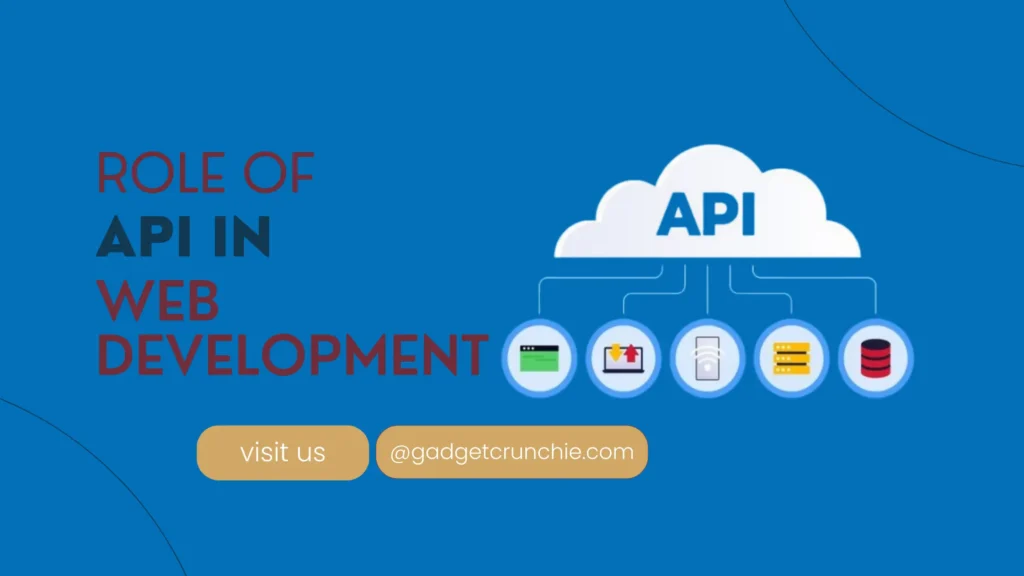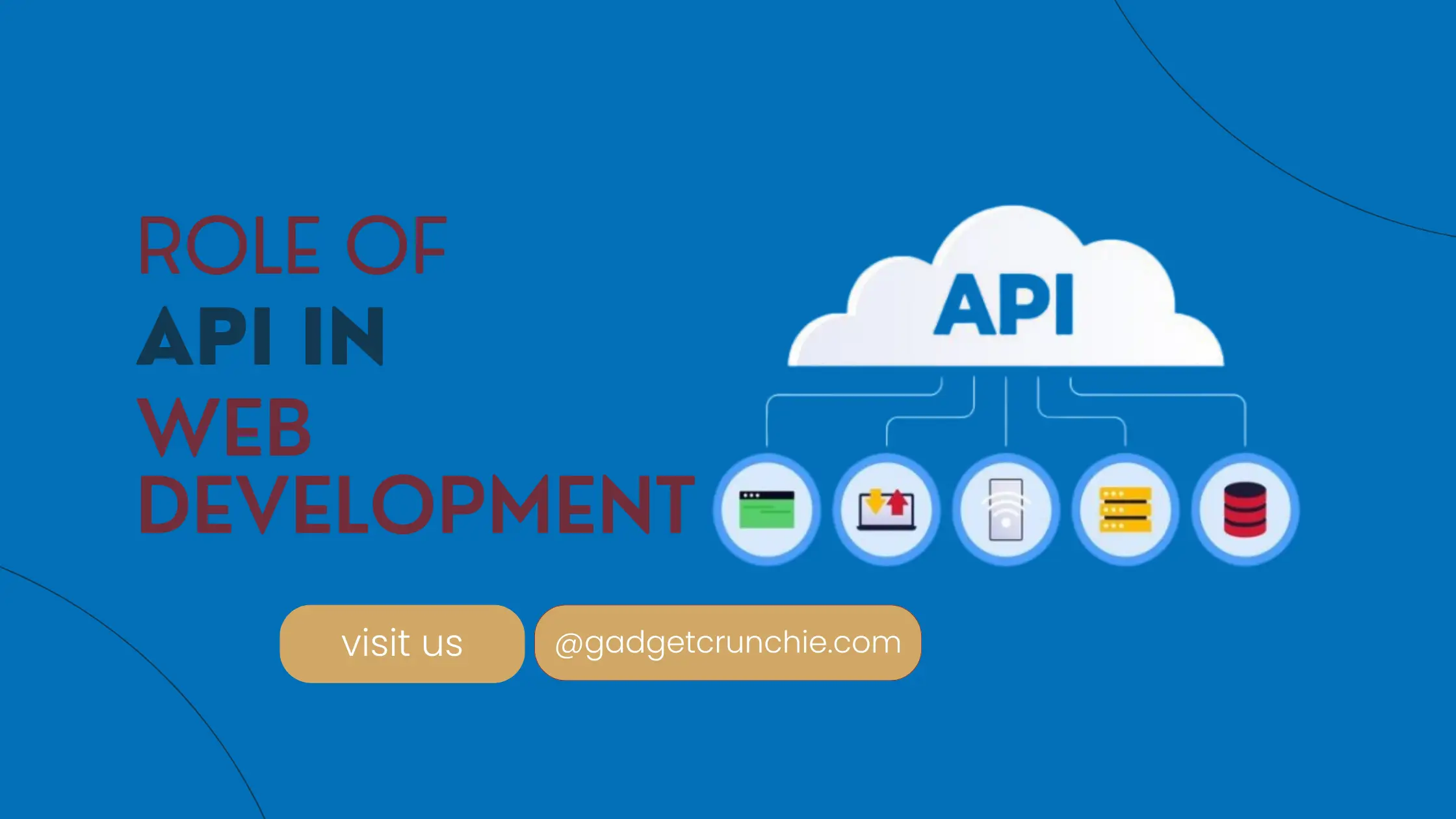Introduction to APIs in Web Development
Understanding APIs and their Role in Web Development
In the realm of modern web development, Application Programming Interfaces (APIs) play a crucial role in facilitating communication and data exchange between different software applications. APIs serve as the building blocks that enable developers to integrate diverse functionalities and services into their web applications, ultimately enhancing user experience and driving innovation. This article delves into the significance of APIs in web development, exploring their benefits, types commonly used, best practices for integration, security considerations, successful case studies, and future trends in API-driven web development.

Introduction to APIs in Web Development
In the world of web development, APIs (Application Programming Interfaces) play a crucial role in connecting different software applications and allowing them to communicate with each other. APIs act as messengers, facilitating the exchange of data and functionalities between various systems, enabling them to work together seamlessly.
Understanding APIs and their Role in Web Development
APIs define the methods and data formats that applications can use to request and exchange information. They provide developers with a way to access the features or data of an external application or service without needing to understand how it works internally. This abstraction simplifies the development process and allows for greater flexibility and scalability in building web applications.
The Frontend vs Backend Development Read Now
Article
Benefits of Using APIs in Web Development
APIs offer a plethora of benefits to web developers, making it easier to create dynamic and interactive websites and applications. Here are some key advantages of using APIs in web development:
Improving Efficiency and Productivity
By leveraging APIs, developers can save time and effort by reusing existing functionalities instead of building them from scratch. This not only accelerates the development process but also ensures consistency and reliability in the application’s performance.
Enhancing User Experience
APIs enable web developers to incorporate a wide range of features and services into their applications, enriching the user experience. Whether it’s integrating social media platforms, payment gateways, or mapping services, APIs empower developers to create engaging and personalized experiences for users.
Watch the latest content related technology on YouTube channel Gadget Crunchie
Gadget Crunchie
Types of APIs commonly used in Web Development
There are various types of APIs used in web development, each serving different purposes and catering to specific requirements. Two common types of APIs include:
RESTful APIs
Representational State Transfer (REST) APIs follow a set of architectural principles for designing networked applications. They use standard HTTP methods like GET, POST, PUT, DELETE to perform CRUD (Create, Read, Update, Delete) operations on resources. RESTful APIs are widely adopted for their simplicity and scalability.
GraphQL APIs
GraphQL APIs provide a more flexible and efficient approach to data fetching by allowing clients to request only the data they need. Unlike traditional REST APIs, which return fixed data structures, GraphQL APIs empower clients to specify their data requirements, reducing over-fetching and under-fetching of data.
Best Practices for API Integration in Web Development
To ensure a smooth and effective integration of APIs in web development, developers should adhere to best practices that promote consistency, reliability, and security. Here are some essential practices to follow:
Consistent Documentation and Versioning
Thorough documentation of APIs is essential for developers to understand how to interact with them effectively. Additionally, maintaining version control ensures that changes to APIs do not disrupt existing functionalities and provide backward compatibility for users.
Error Handling and Rate Limiting Strategies
Implementing robust error handling mechanisms and rate limiting strategies is crucial for safeguarding APIs against unexpected errors and preventing abuse or overload. Properly managing errors and setting limits on API usage helps maintain system stability and performance.
In conclusion, APIs are indispensable tools in web development, offering a gateway to seamless communication between applications and unlocking endless possibilities for creating innovative and feature-rich digital experiences. By embracing APIs and following best practices, developers can streamline development processes, enhance user experiences, and build robust and scalable web applications.
Security Considerations when Working with APIs
When dancing with APIs, security is your best partner. Think of authentication and authorization methods as your secret handshakes to ensure only the right folks get in. And beware of injection attacks – you don’t want any sneaky code injections messing up your party.
Case Studies: Successful Implementation of APIs in Web Development
Let’s take a peek at some cool API success stories. Payment gateways integration is like adding a smooth checkout line to your website, and social media API integration is the life of the online party – bringing in all the fun features seamlessly.
Future Trends and Innovations in API-driven Web Development
The future is bright for API-driven web development. Get ready for AI-powered APIs that can make your website smarter than your high school crush. And soon, IoT integration with APIs will have your website talking to your coffee machine – because who doesn’t want a chatty website and a freshly brewed cup of coffee at the same time?
Conclusion
In conclusion, APIs have revolutionized the landscape of web development by providing developers with the tools to create dynamic and interconnected digital experiences. Embracing the best practices, staying vigilant about security measures, and keeping abreast of emerging trends will be key to leveraging the power of APIs effectively in the ever-evolving web development industry. As we continue to witness the transformative impact of APIs, embracing their potential will be essential for those seeking to stay at the forefront of innovation in web development.




